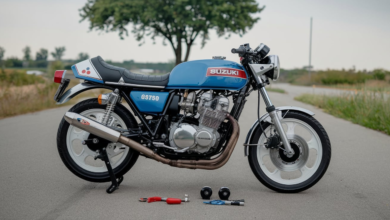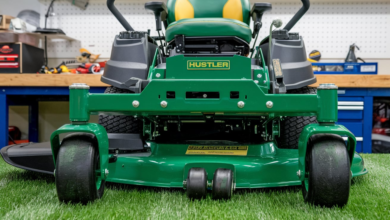Comparing Wet and Dry Cleaning Modes in Mopping Robots

Mopping robots offer two main cleaning modes: wet and dry. Each mode serves a unique purpose and is designed for different cleaning tasks. Understanding these differences can help you get the most out of your mopping robot and keep your floors in top condition.
Wet Cleaning Mode
Wet cleaning mode is best for deeper cleaning. In this mode, the mopping robot uses water or a cleaning solution to mop the floors. This helps break down dirt and grime that are stuck to the surface. It is particularly useful for areas like kitchens and bathrooms where spills and sticky residues are common.
The robot’s cleaning pads soak up the dirt as it scrubs the floors. This mode ensures a thorough cleaning, leaving the floors shiny and free of tough stains. Wet cleaning is ideal for tile, vinyl, and other hard surfaces that can handle moisture.
Dry Cleaning Mode
Dry cleaning mode focuses on picking up dust, pet hair, and loose debris. Instead of using water, the mopping robot relies on its brushes and pads to collect dirt. This mode is perfect for daily cleaning of living areas, bedrooms, and hallways.
Dry cleaning is more energy-efficient and faster than wet cleaning. It is also safer for delicate surfaces like hardwood and laminate, which could be damaged by too much moisture. Regular use of dry cleaning helps maintain a dust-free home with minimal effort.
Benefits of Wet Cleaning
Wet cleaning provides a deeper cleaning by using water to lift away grime. It’s ideal for sticky messes or heavy dirt that dry cleaning can’t remove. This mode is especially useful in high-traffic areas where spills are common. The added moisture helps sanitize the floor, making it a great option for households with kids or pets.
This mode also improves the overall appearance of the floor, giving it a polished, shiny finish. It’s perfect for homes with hard flooring that needs regular deep cleaning.
Benefits of Dry Cleaning
Dry cleaning is quick and effective for light dirt and dust. It’s ideal for daily use and helps prevent dirt from building up over time. This mode is great for maintaining the cleanliness of floors without the need for water.
By avoiding moisture, dry cleaning is safe for sensitive floors, like wood and laminate. It’s a time-saver, as the robot doesn’t need to wait for the floor to dry, and it can be used more frequently.
When to Use Wet Cleaning
Use wet cleaning mode when there are visible stains, spills, or sticky dirt. It’s especially helpful in kitchens and bathrooms, where grime can accumulate faster. This mode should be used regularly in these high-traffic areas to ensure deep cleanliness.
Wet cleaning is also recommended for occasional deep cleaning sessions, such as after a party or when doing seasonal cleaning.
When to Use Dry Cleaning
The dry cleaning mode is perfect for everyday maintenance. It’s ideal for homes with pets or in rooms that don’t see much foot traffic. Use this mode for quick, regular cleanings in spaces like living rooms or bedrooms.
This mode is also great for wet cleaning sessions to keep floors free from dust and light debris. It prevents dirt from settling and makes deeper cleaning less frequent.
Combining Wet and Dry Cleaning
The most efficient way to use your mopping robot is to combine wet and dry cleaning modes. Start with dry cleaning to remove loose dirt and dust. Then, follow up with wet cleaning for a deeper clean when necessary.
This combination ensures that your floors stay clean all the time, without overworking the robot. Using both modes together helps you maintain a fresh, spotless home without much effort.
Conclusion
Wet and dry cleaning modes both offer distinct advantages depending on your cleaning needs. Wet cleaning is ideal for tackling stubborn dirt, while dry cleaning is perfect for everyday maintenance. By using these modes strategically, you can maximize the effectiveness of your mopping robot and keep your home cleaner for longer.




